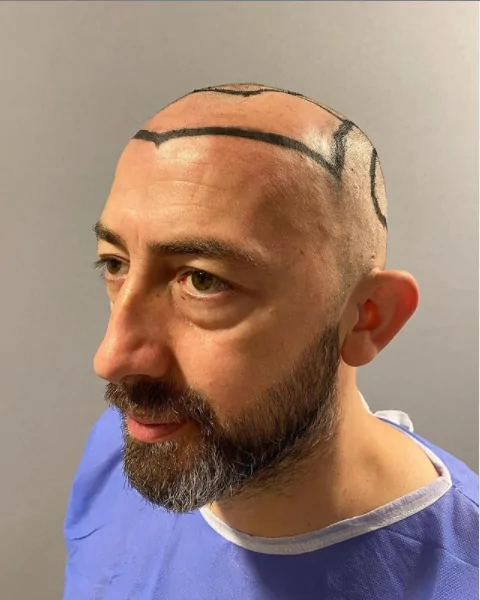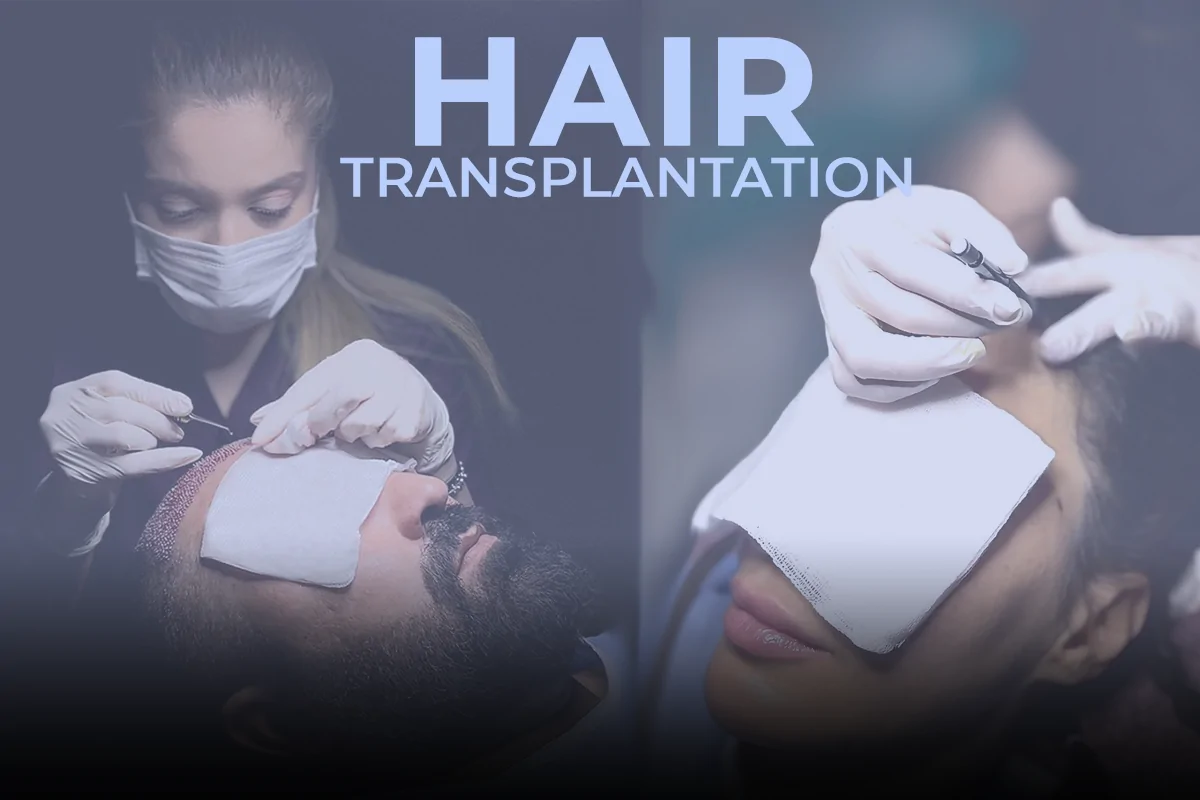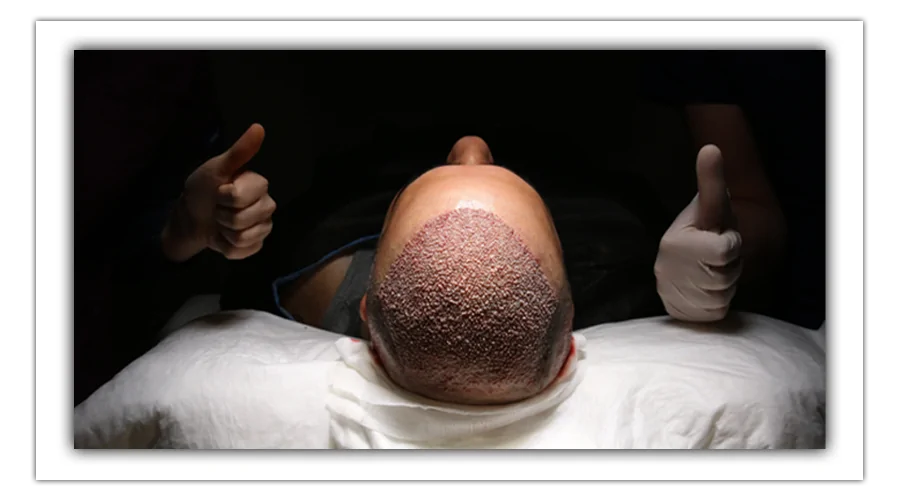
Hair Transplant in Turkey
Hair loss affects millions of men and women worldwide, impacting not only appearance but also confidence and quality of life. Over the past decade, Turkey—especially Istanbul—has become the number one destination for hair transplantation worldwide. Every year, thousands of international patients travel to Turkey to undergo advanced hair restoration procedures, thanks to its combination of experienced surgeons, modern techniques, affordable pricing, and luxury all-inclusive medical tourism packages.
If you are considering a hair transplant in Turkey, this comprehensive guide will walk you through everything you need to know—from the surgical techniques used to success rates, costs, and what makes Turkey different from other countries.
What Is Hair Transplantation?
A hair transplant is a permanent solution for baldness and thinning hair. The procedure involves transferring healthy hair follicles from donor areas (usually the back of the scalp, sometimes chest or beard) to bald or thinning regions.
Unlike temporary treatments such as medications or topical solutions, hair transplantation offers a lifelong, natural result. It is performed under local anesthesia and takes between 4–8 hours depending on the number of grafts.
The Most Popular Hair Transplant Techniques in Turkey
- FUE (Follicular Unit Extraction): Individual grafts are extracted with micro-punch tools and transplanted into balding areas. Minimally invasive, with fast healing and no linear scars.
- DHI (Direct Hair Implantation): Uses a Choi implanter pen to place follicles directly without creating incisions first, ensuring higher density and precision.
- Sapphire FUE: Advanced form of FUE that uses sapphire blades instead of steel, reducing trauma and accelerating healing.
Note: Some clinics promote Robotic Hair Transplant, but it is not widely preferred in Turkey as results from doctor-led manual methods are superior in precision and aesthetics.
![sapphire-fue-hair-transplant.jpeg[1] sapphire fue hair transplant.jpeg1](https://www.quartzhair.com/wp-content/uploads/2025/09/sapphire-fue-hair-transplant.jpeg1_.webp)
Why Choose Turkey for Hair Transplantation?
1. Affordable Prices with Premium Quality
Thanks to favorable currency exchange rates, patients from Europe, the UK, and the Middle East can receive world-class surgical care at a fraction of the price they would pay in their home countries.
2. Experienced and Skilled Surgeons
Turkey is home to some of the world’s most renowned hair transplant surgeons, many with 20+ years of experience. The combination of expertise and surgical artistry ensures natural, dense, and permanent results.
3. Luxury All-Inclusive Packages
Most clinics in Istanbul provide A+ medical tourism packages, including:
- VIP airport transfers
- 4–5-star hotel accommodation
- Interpreter support in multiple languages
- Pre-operative consultation and tests
- Pain-free local anesthesia
- Post-operative medications and care kit
- Follow-up consultations and 24/7 WhatsApp support
This makes the process smooth, stress-free, and comparable to a luxury medical retreat.
4. No Waiting Times
While in many countries patients wait months for an operation, in Turkey you can schedule surgery within days.
5. Fast Recovery and Advanced Technology
Techniques like Sapphire FUE and DHI minimize trauma, allowing patients to return to daily life in 2–3 days.
6. Tourism Opportunities
A hair transplant in Istanbul is more than just a medical procedure. Patients can combine surgery with a vacation, exploring the city’s historical landmarks, shopping, and cultural richness.
Step-by-Step Hair Transplant Process in Turkey
- Consultation & Hair Analysis
The doctor evaluates hair loss pattern, donor capacity, and sets a personalized plan.
- Pre-Operative Preparation
Blood tests, shaving (if necessary), and local anesthesia application.
- Graft Extraction
Hair follicles are extracted carefully using FUE or Sapphire FUE.
- Channel Opening / DHI Direct Placement
Tiny incisions are made (Sapphire FUE) or follicles are placed directly (DHI).
- Graft Implantation
Follicles are transplanted at the correct angle and density for a natural look.
- Post-Operative Care
First wash is done at the clinic, aftercare kit is provided, and patients receive detailed instructions.
- Follow-Up
Clinics often provide 1-year follow-up to track growth and ensure patient satisfaction.
Comparison: Hair Transplant in Turkey vs Other Countries
| Feature | Turkey | Other Countries |
|---|---|---|
| Price | Affordable (due to exchange rate advantage) | Significantly higher |
| Techniques | FUE, DHI, Sapphire FUE (Robotic not preferred) | Limited options in many clinics |
| Surgeon Expertise | Internationally recognized doctors with 20+ years’ experience | Varies widely |
| Packages | VIP hotel, transfer, aftercare included | Surgery-only packages common |
| Waiting Time | 1 week or less | 2–3 months waiting list |
| Recovery | Back to daily life in 2–3 days | Longer downtime |
| Tourism | Istanbul: medical + cultural experience | Mostly medical focus |
Success Rate of Hair Transplant in Turkey
Turkey maintains one of the highest global success rates, with 90–95% graft survival. This is due to:
- Use of the latest microsurgical tools
- Highly trained medical teams
- Strict hygiene and safety standards
- Personalized surgical planning
Satisfied patients from across the world consistently rate Turkey as the top destination for hair restoration.
Factors Affecting Hair Transplant Cost in Turkey
While Turkey is affordable, prices vary depending on:
- Number of grafts required
- Technique chosen (DHI, FUE, Sapphire FUE)
- Doctor’s expertise and clinic reputation
- Inclusion of luxury services (hotel, transfers, aftercare)
On average, patients save up to 70% compared to prices in the UK, Europe, or the USA.
Why Istanbul Is the Hair Transplant Capital
- Over 1,000 specialized clinics located in Istanbul
- Surgeons performing thousands of procedures annually
- Premium hospitals with JCI accreditation
- International medical tourism infrastructure
This makes Hair Transplant Istanbul the most searched and trusted option globally.
Frequently Asked Questions (FAQ)
Is hair transplant in Turkey safe?
Yes. When performed in Ministry of Health–approved clinics by experienced doctors, the procedure is extremely safe.
How long should I stay in Turkey after the surgery?
Most patients stay 3–5 days for surgery, follow-up, and first wash.
Will the results look natural?
Yes. Techniques like DHI and Sapphire FUE ensure natural hairline design and dense coverage.
Does the procedure hurt?
No. Pain-free local anesthesia is applied, and patients report minimal discomfort.
When will I see results?
Initial growth appears in 3–4 months, with final results visible after 9–12 months.
Which cities are most popular for hair transplant in Turkey?
Istanbul is the top destination, followed by Ankara and Izmir.
Choosing a hair transplant in Turkey means more than just restoring your hair—it’s about receiving luxury A+ medical care, doctor-led procedures, and world-class results at affordable prices. With advanced techniques like FUE, DHI, and Sapphire FUE, experienced surgeons in Istanbul are setting the global standard for hair restoration.
Whether you’re seeking a natural hairline, higher density, or a full transformation, Turkey offers the perfect combination of medical excellence and cultural experience, making it the leading destination for hair transplants worldwide.






